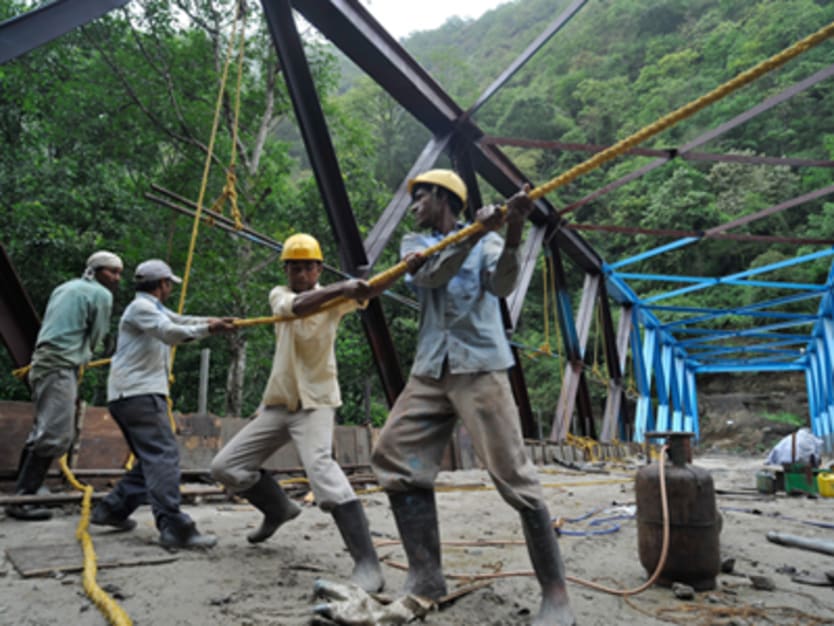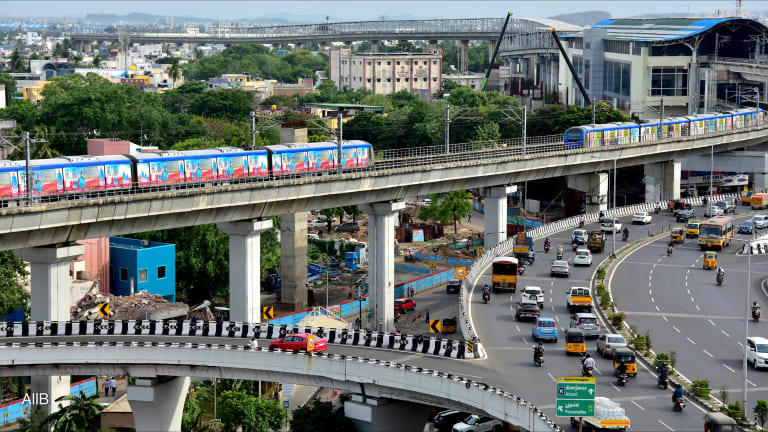
The Asian Development Bank approves China’s proposal to establish a regional infrastructure investment bank to fund infrastructure projects, which Beijing believes could be a major driver for growth and development in Asia-Pacific.
Despite the region’s recent economic successes, that saw a handful of economies register high economic growth and some getting tagged as economic bright spots, the reality is that development progress is slow — a harsh reality exacerbated by the lack of infrastructure due to insufficient resources and, at some point, expertise, a gap which the proposed institution may help bridge.
“ADB welcomes the proposal as it would allow additional resources to be mobilized to support the efforts of developing countries to promote inclusive growth and reduce poverty,” Indu Bhushan, deputy director general of the bank’s strategy and policy department, told Devex.
The proposal was first announced by Chinese president Xi Jinping in a speech days before the APEC meeting in Indonesia last October. Xi said the idea was to let the region share China’s vast resources and expertise in infrastructure development, and encourage collaboration with national governments and other multilateral institutions in pushing the initiative forward.
But just how much does the world need in infrastructure development to maintain its growth momentum? According to OECD data, global infrastructure needs is expected to reach $50 trillion by 2030, including the necessity to put up and invest in climate adaptation measures in development programs worth $45 trillion until 2050. Asia, meanwhile, needs about $8.3 trillion to finance national and regional infrastructures in the next decade — a huge amount of money that even huge lenders like ADB and the World Bank may find it hard to finance on their own.
“In Asia and the Pacific alone, annual financing needs for infrastructure are estimated at more than $800 billion and all the multilateral development banks taken together can finance less than 5 percent of that amount,” Bhushan explained.
South-South cooperation
Aside from the potential to bridge the gap in infrastructure financing and capital, the proposed infrastructure investment bank can also strengthen cooperation and collaboration between developing countries — known as South-South cooperation — making development more sustainable and self-reliant in Asia-Pacific.
“[The proposed infrastructure investment bank] could also strengthen South-South cooperation,” Bushan emphasized.
One of the longstanding issues in international development is the arguable dependence of developing nations to aid coming from developed countries — but whether this (relatively) new form of cooperation can play out well and address dependence and sustainability issues remains to be seen.
The ADB official also clarified the issue of the possible overlapping of duties of the proposed institution with multilateral institutions like them or the World Bank, citing, instead, the intention for the infrastructure bank to “complement” rather than step on their toes.
“We believe the primary aim is to complement available resources of existing multilateral development banks, as they cannot fully meet all the financing needs of emerging economies,” he said, adding that the bank can also help channel potential money to address development needs given the region has substantial savings and foreign exchange reserves to mobilize.
Bhushan concluded: “ADB will be keen to collaborate and co-finance with the new institution for the benefit of the recipient countries.”
Read more development aid news online, and subscribe to The Development Newswire to receive top international development headlines from the world’s leading donors, news sources and opinion leaders — emailed to you FREE every business day.








